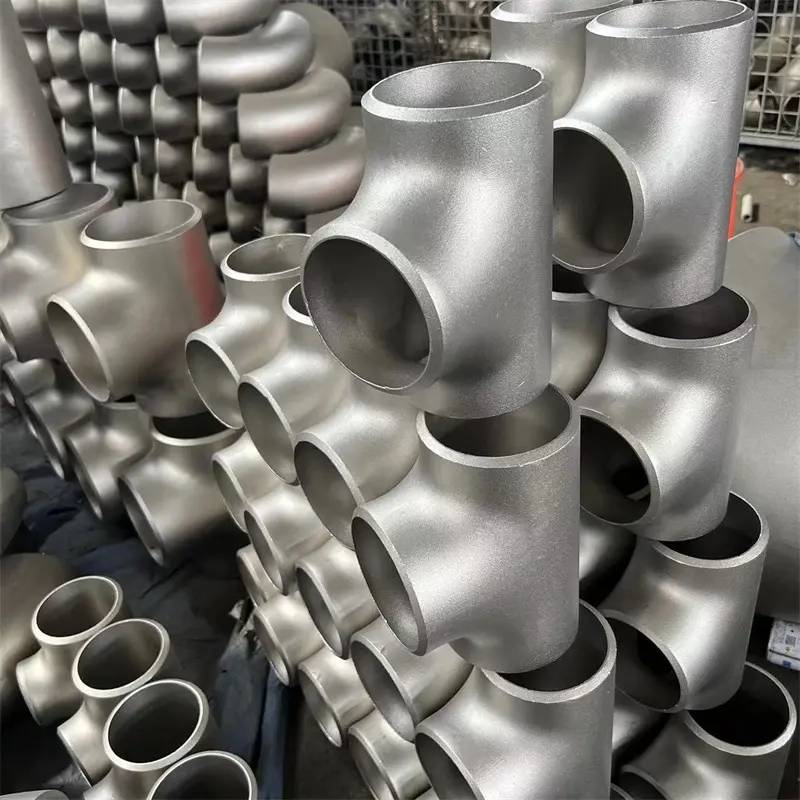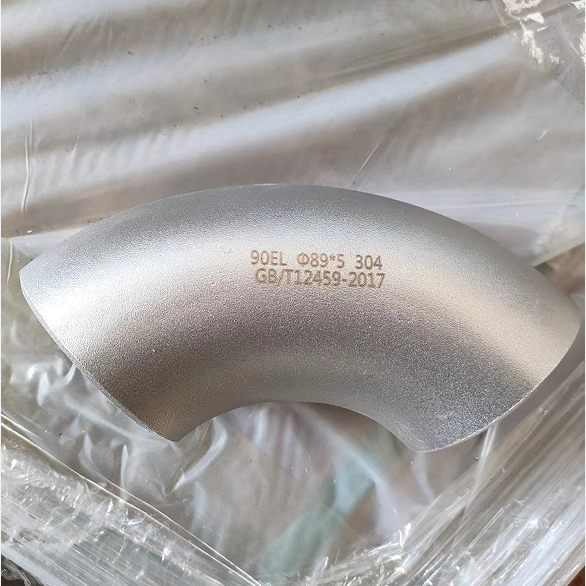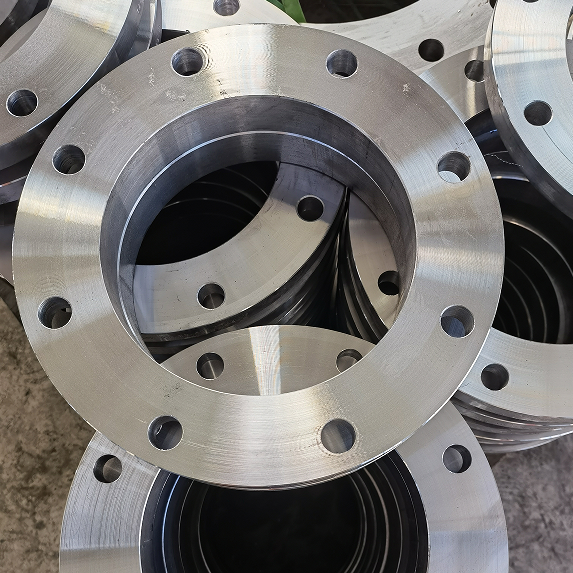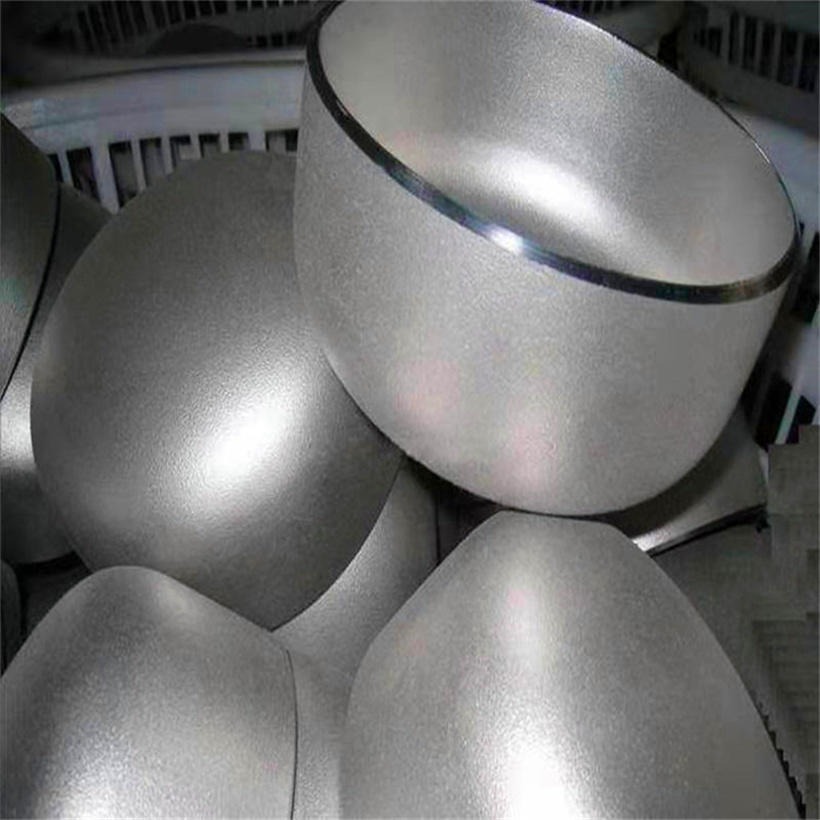Carbon steel tee is a type of pipe fitting or connector used to join two or more pipes. Carbon steel tee the two pipes or tubes at a 90-degree angle, and get their name from their T-shaped appearance. The carbon steel tee is one of the most versatile of all plumbing connectors, and is widely used in residential, commercial, and industrial applications.
Using carbon steel tee, a plumber is able to combine the flow of two separate pipes into a single line. It may also divide a single supply line so that it flows to two different areas.
We are engaged in manufacturing of a wide range of carbon steel pipe fittings that is available in varied types such as carbon steel elbow,carbon steel tee, concentric and eccentric carbon steel reducers. Sourced from reliable vendors, these fittings are highly acknowledged for their high tensile strength, durability and accurate alloy composition. These find application in several industries such oil & gas, automobile, acid & chemical, pharmaceutical and cement industries. We are known for our butt welding fitting .
 Production process of stainless steel tees
Production process of stainless steel tees
 ASME B16.9 Stainless Steel Elbow Dimension
ASME B16.9 Stainless Steel Elbow Dimension
 The processing method of flanges
The processing method of flanges
 How to calculate the weight of the pipe end cap
How to calculate the weight of the pipe end cap